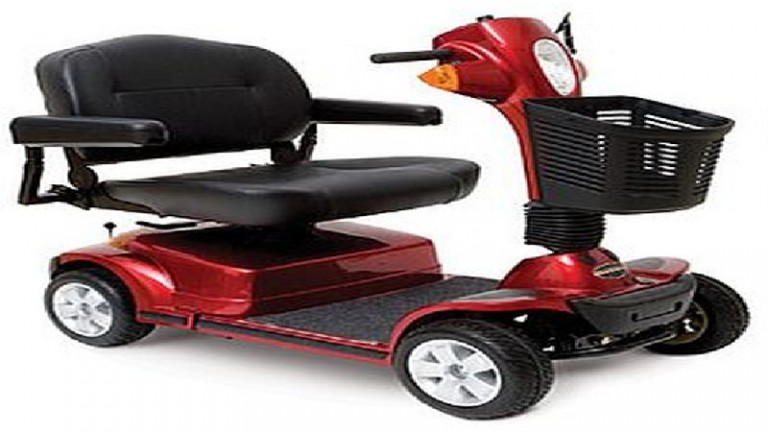Cardiology electrodes are a type of medical equipment that is used to diagnose and treat heart conditions. They are placed on the skin and transmit electrical signals to the heart, which can be monitored by a cardiologist. These electrodes are usually used in conjunction with other medical devices, such as an electrocardiogram (ECG) machine for ECG cardiology.
There are many different types of cardiology electrodes and they are used for different purposes. For example, some electrodes are designed for short-term use, however, others can be left on the skin longer.
No matter what type of electrode you use, it is important to follow the instructions provided by the manufacturer. This will help ensure that you get the most accurate results possible.
Types of Cardiology Electrodes
There are many different types of cardiology electrodes. Here is a brief overview of some of the most common types:
• Short-Term Electrodes: These electrodes are typically made from paper or cloth and are held in place with tape. They are designed for single use only and should be removed immediately after the test is completed.
• Exercise Stress Test Electrodes: These electrodes are like short-term electrodes, but they are specifically designed for use during exercise stress testing. They usually have a gel backing that helps them stay in place during physical activity.
• Holter Monitor Electrodes: These electrodes are larger than other types of electrodes and are usually made from metal. They are placed on the chest and remain in place for twenty-four hours or more. Holter monitor electrodes are typically used to diagnose arrhythmias.
• External Defibrillator Pads: These pads are much larger than other types of electrodes and they adhere to the chest like a Band-Aid. External defibrillator pads deliver a shock to the heart if necessary and should only be used by trained medical professionals.


